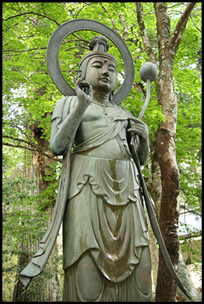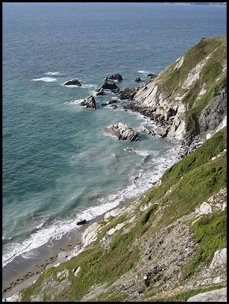 By PAT HARTMAN
By PAT HARTMAN
News Editor
Who should know literary tourism better than the author of 17 novels, plus a slew of biographies and screenplays and critiques, and now, a memoir called The Pattern in the Carpet? Margaret Drabble recently put together a splendid list of literary tourism destinations for the Guardian, introducing it with a remark about best-selling author Dan Brown that could be interpreted as dismissive or worse. And some sincere words about writers of yore, and their favored surroundings:
I am one of many who read the landscape through those who wrote about it and the words of our great landscape writers – Walter Scott, Wordsworth, Hopkins, Hardy, Ted Hughes, Sylvia Plath – sound in my ears as I walk and wander.
Some of Drabble’s picks are predictable, but that’s not to imply they are banal. There is, after all, a reason why the classics are the classics, and that goes for places, as well as books. The lighthouse in Cornwall that meant so much to Virginia Woolf, for instance. Stonehenge — not only for its own sake, but because it inspired Thomas Hardy and William Wordsworth, both highly esteemed literary figures whose reputations are unlikely to fade. Tintern Abbey and Tintagel; the Lake District; and Haworth, home of the Brontes, whose environs she describes as “numinous.”
The list also encompasses many low-profile locales, like Burslem, which figured in the novels of Arnold Bennett. In Burslem, one can still find “picturesque pot banks,” whatever those might be. Drabble names Goredale Scar, pictured on this page, and Malham, an important place in one of her own novels. Poet Thomas Gray is also associated with this lovely section of the world. Remember “An Elegy Written in a Country Church Yard”? Not the catchiest title, but a number of his phrases became immortal, especially “far from the madding crowd” which Hardy borrowed as title for one of his novels. And Gray knew from graveyards: among the twelve children his mother bore, he was the only one who made it past infancy.
Then there’s Aldeburgh, which has associations with George Crabbe and Benjamin Britten. Nowadays, it’s the site of a renowned literature and music festival. And do not neglect the Quantocks, a place of transcendent value to Coleridge and Wordsworth, and others who knew transcendence when they saw it.
Andrew Lycett highlights some features of the Wales of Dylan Thomas in The Times. This is a pretty fascinating look at the “curious love-hate relationship with the Welsh countryside” experienced by the poet. He talks about visiting the boathouse in Laugharne where the Thomas once lived, and defines the different significance that three different parts of Wales had for him, and reveals what happened at Worm’s Head. The Times also sponsors other literary walks, such as “Daphne du Maurier’s Cornwall,” “Ian Rankin’s Edinburgh,” and “William Blake’s London.” But here’s a question. How many writers are not somehow associated with London? Even Karl Marx wrote some pretty famous stuff there.
If you go up to Scotland, you can hang out in places previously frequented by Sir Walter Scott and Robert Burns. Jimmy Lowe shared in the Glasgow Daily Times an account of doing just that, and much more besides, when he and his wife toured the United Kingdom with literature on their minds. And should you ever consider buying a house in Britain, you can hire a certified house historian to ferret out any literary associations if might have. At Mail Online, Gwenda Brophy — another of those writers enamored of London — tells marvelous stories about historic homes, quoting specialist Melanie Backe-Hansen, who says:
Certain places are a magnet for writers. Carlyle Mansions, on Cheyne Walk, Chelsea, is referred to as the writers’ block as it’s been home to well-known figures such as Ian Fleming and T. S. Eliot.
Wander around England long enough, and you’ll see places that bear the stamp of Jane Austen, Agatha Christie, George Eliot, Vita Sackville-West, John Bunyan, Bram Stoker, J. K. Rowling, Lewis Carroll, Charles Dickens, A.A. Milne, etc., etc., etc. And that’s just novelists and poets. We haven’t even started on the painters yet.
photo courtesy of gaspa, used under this Creative Commons license

 By PAT HARTMAN
By PAT HARTMAN By PAT HARTMAN
By PAT HARTMAN By PAT HARTMAN
By PAT HARTMAN

